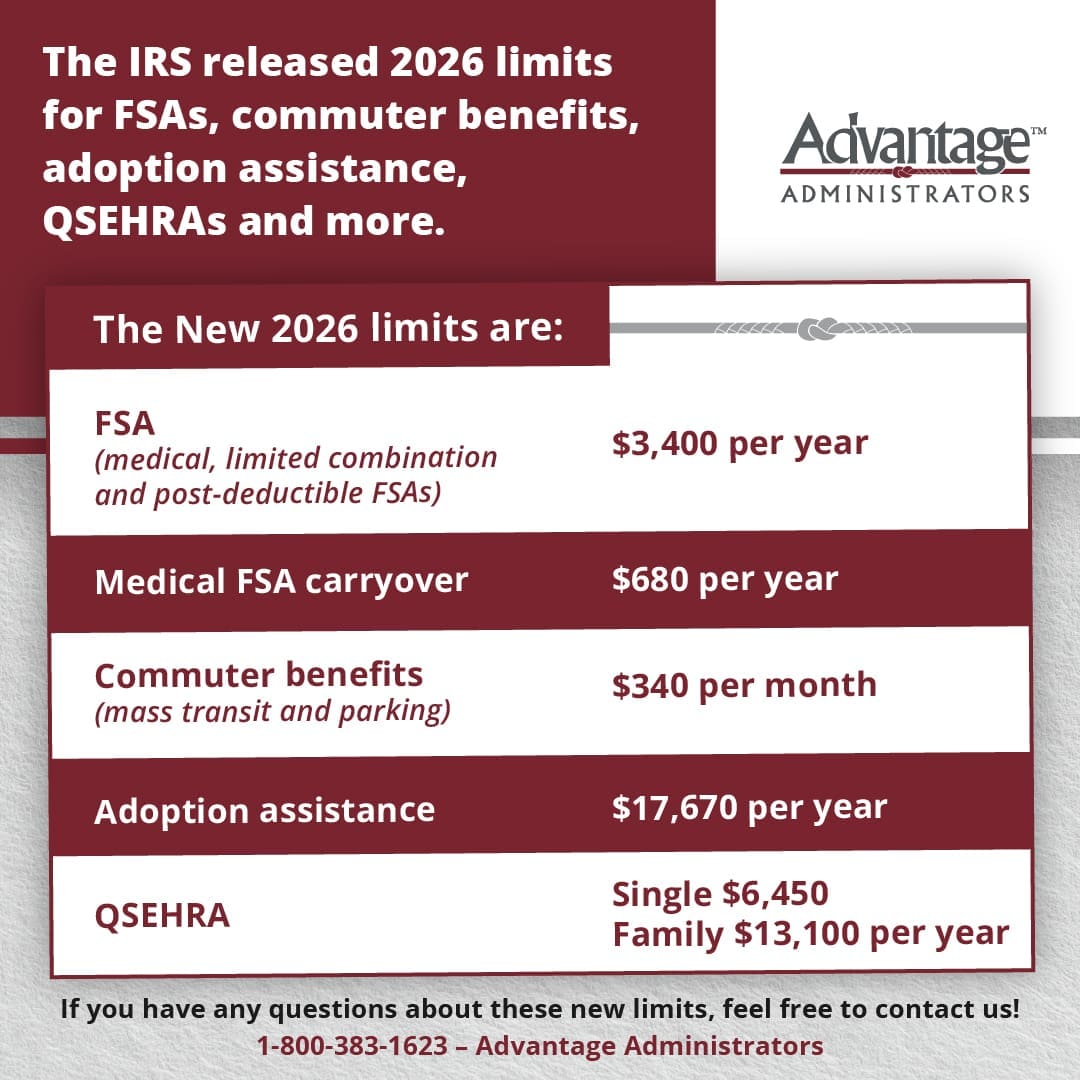Increased Paid Leave Trends in 2024
The concept of work-life balance has become more than just a buzzword; it’s a necessity for employee satisfaction and retention. According to WorkLife.news, employers are increasingly recognizing the importance of providing ample time off to their employees with more than 80% of U.S. employers planning to change their leave policies over the next two years. According to a recent study, 75% of employees who are dissatisfied with their current level of flexibility say they plan to seek a new job in the next year. This shift in mindset has led to a surge in various types of increased paid leave, reflecting a growing awareness of the diverse needs of today’s workforce. Let’s take a look at some of the recent trends regarding paid leave.
Parental Leave
More companies are acknowledging the significance of supporting new parents by offering generous parental leave policies. Beyond just maternity leave for mothers, there’s a rising emphasis on paternity leave to encourage fathers to be more involved in childcare. Additionally, some companies are expanding parental leave to include adoption and foster care.
Sabbatical Leave
Another trend gaining traction is sabbatical leave. Recognizing the value of periodic breaks in promoting creativity, innovation and overall well-being, companies are introducing sabbatical programs that allow employees to take extended time off to pursue personal projects, travel or simply recharge. Sabbaticals provide employees with the opportunity to return to work with renewed energy and fresh perspectives, ultimately benefiting both the individual and the organization.
Caregiving Leave
Whether caring for aging parents, a spouse or a disabled family member, employees often face significant challenges balancing work and caregiving duties. To support employees in these situations, companies are introducing caregiving leave policies that allow for flexible time off to attend to caregiving responsibilities without sacrificing job security or financial stability.
Bereavement Leave
Dealing with the loss of a loved one is a deeply personal and challenging experience. Employers are recognizing this more than ever. The percentage of U.S. employers offering paid bereavement leave has increased over the years, with roughly 91 percent of employers offering the benefit in 2023, which is up 10 percent from 2016. By offering adequate bereavement leave, employers can show their employees they care about their wellbeing and help foster a caring workplace.
The information in this blog post is for educational purposes only. It is not investment, legal or tax advice. For legal or tax advice, you should consult your own counsel. To stay up to date on benefits trends and insights, subscribe to our blog.










 Flex Plans
Flex Plans Forms
Forms HSA
HSA HRA
HRA Retirement
Retirement Health Shopper
Health Shopper FSA Store
FSA Store